Chilled, refreshing, and delicious, a bowl of gazpacho is a must during Spain's sizzling summer months.
If you’ve never heard of or tasted gazpacho, the best way to describe it is as a cold tomato soup, a light meal that’s perfect for hot weather when you don’t have much of an appetite.
The Spanish idiom “de gazpacho no hay empacho” – meaning “You can't get enough of a good thing” – epitomizes Spaniards’ love for the cold tomato soup, widely considered one of the most delectable dishes in Spanish cuisine.
Ask any Spanish grandmother and they’ll tell you the best gazpacho is home made, with countless recipes found all across Spain (scroll down to find our recipe).
READ MORE: The best Spanish treats to keep you cool in a heatwave
But if you’re short of time and want to try the best gazpacho available in Spanish supermarkets, a study by Spain’s consumer watchdog OCU, published in digital daily La Verdad, has ranked all 43 gazpachos on the shelves.
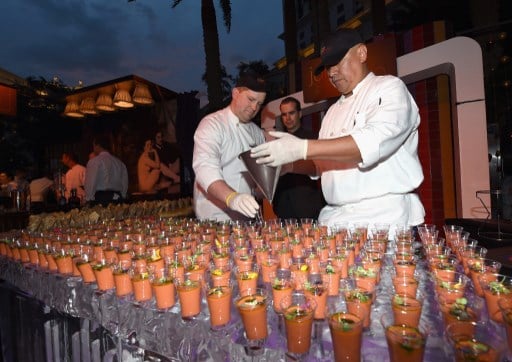
Ethan Miller / GETTY IMAGES NORTH AMERICA / AFP
First of all, it’s worth noting that the food critics who embarked on the study tend to agree with the Spanish ‘abuelas’ mentioned earlier, as no gazpacho brand got a particularly high rating.
The three best supermarket brands were Chef Select Tradicional at Lidl, Aliada Tradicional at El Corte Inglés and Hacendado Andaluz at Mercadona.
The worst, according to OCU, were Vibs Oro and Salsas de Salteras.
The experts agreed that what was lacking overall in prepackaged gazpacho in Spain was more texture, due to them not having enough bread added to the mix.
They also pointed out that many brands were excessively vinegary, arguing that the Alvalle original and Bio Don Simón brands didn’t even taste of gazpacho.
Then there’s salmorejo, a denser tomato soup that often comes with a chopped up hard boiled egg and Serrano ham.
Just as tasty and appetizing on a hot summer’s day, salmorejo (seen below) is also very popular among Spaniards.
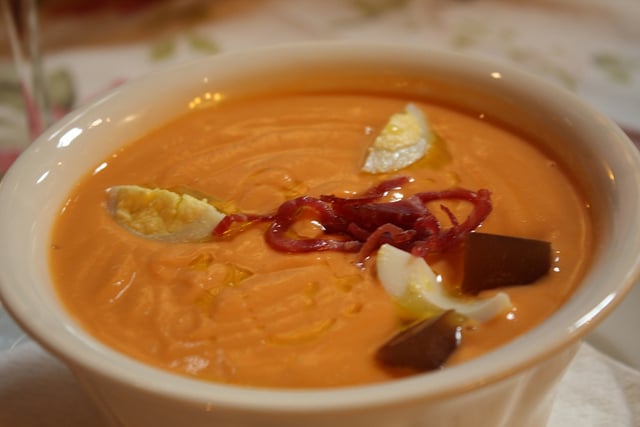
Salmorejo is similar to gazpacho but contains less water. Photo: Javier Lastras/Flickr
According to OCU, the best salmorejo brands in Spanish supermarkets are Alvalle and Hacendado Estilo Cordobés at Mercadona, whereas the worst are Santa Teresa con pan de pueblo and Alipende at AhorraMás.
The panel’s main criticism towards salmorejo brands was that they came out excessively lumpy.
If you do have time to spare and want to keep cool and well fed this summer, here’s a great gazpacho recipe to cook up.

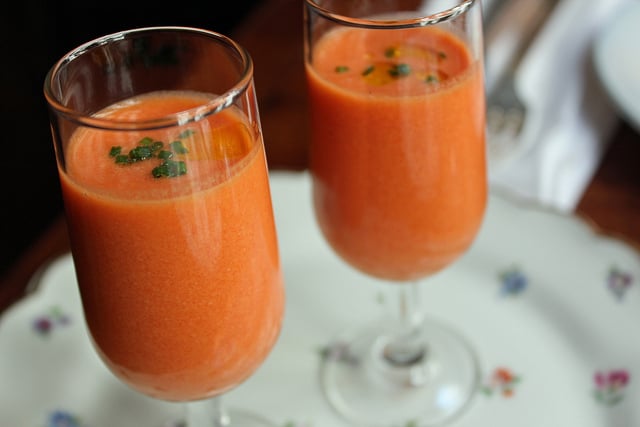
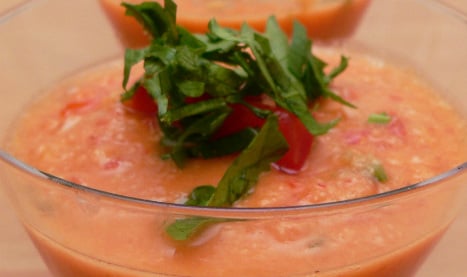



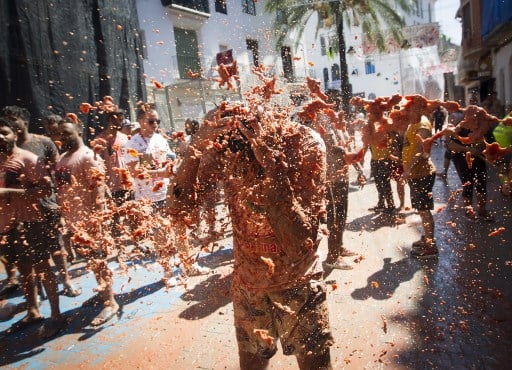
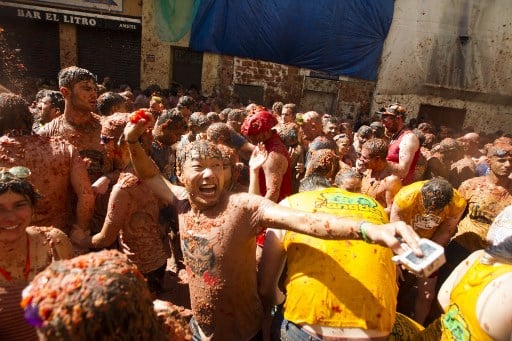
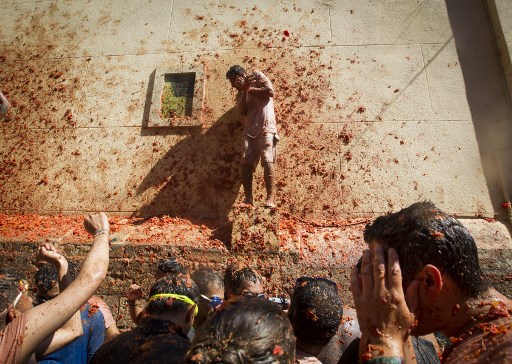
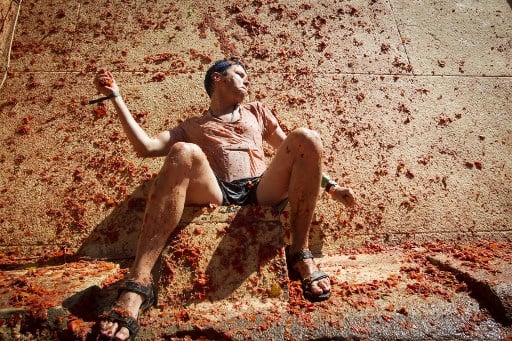

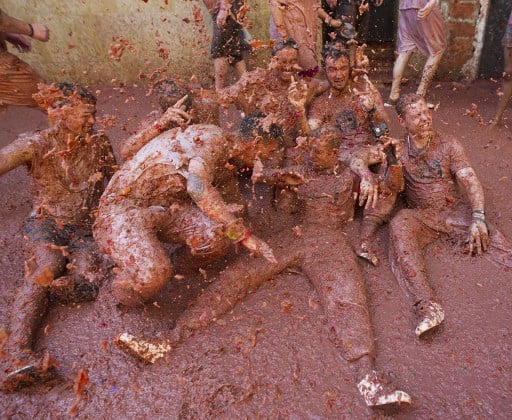


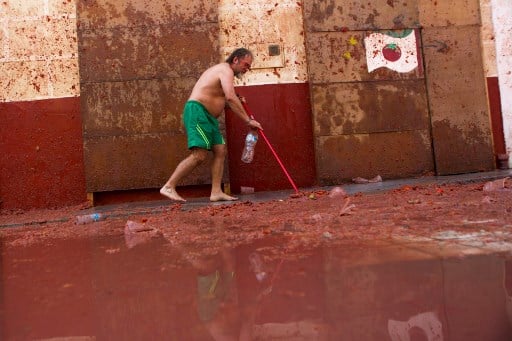
 Please whitelist us to continue reading.
Please whitelist us to continue reading.